One of the most important attributes that separates a fine art image from a snap shot is its composition. A photograph of even a
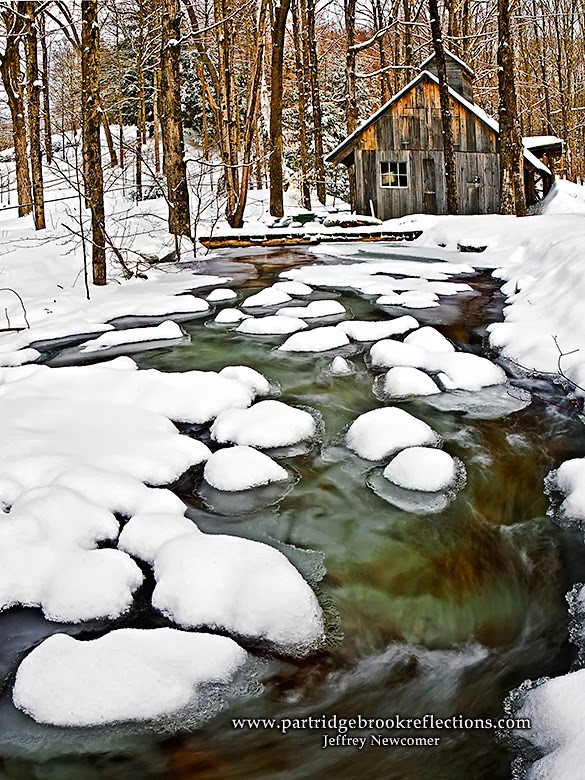 mediocre setting can achieve a level of strength and immediacy when composed with balance and a flow which draws the eye to the subject without distraction or clutter. There are many compositional rules can be of help in arranging a powerful composition, including the rule of thirds, use of diagonals and head room, but one of the simplest and most effective methods to add power and focus to an image is with cropping. Cropping may be performed in the camera or in post-processing. I tend to crop aggressively, but there are a few considerations to keep in mind about the benefits and risks of the cut and slashing. An important concern is to avoid cutting too far.
mediocre setting can achieve a level of strength and immediacy when composed with balance and a flow which draws the eye to the subject without distraction or clutter. There are many compositional rules can be of help in arranging a powerful composition, including the rule of thirds, use of diagonals and head room, but one of the simplest and most effective methods to add power and focus to an image is with cropping. Cropping may be performed in the camera or in post-processing. I tend to crop aggressively, but there are a few considerations to keep in mind about the benefits and risks of the cut and slashing. An important concern is to avoid cutting too far.In Camera
One of the most obvious signs of a snap-shot is when the subject is
 |
| Move in and Arrange Head Room |
 |
| Audrey's Trail |
The primary advantage of cropping and composing within the camera is that you are using all the pixels available on your sensor
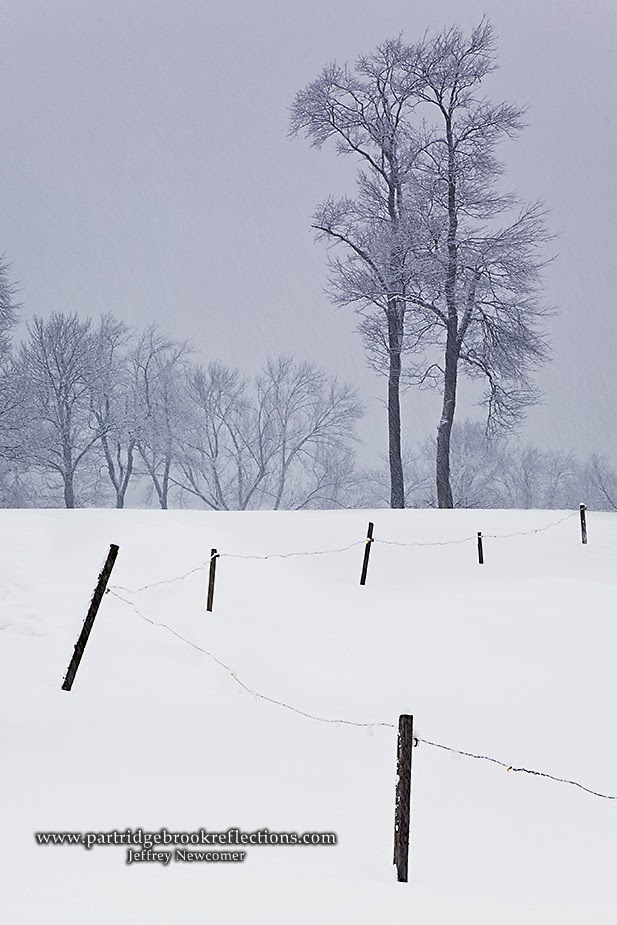 and getting the maximal resolution for your subject, but it is important to remember that the "subject" is seldom just the "subject'. The "subject" of an image of a beautiful tree may include a stream, rolling hills or perhaps a mountain in the background all arranged to complement and draw the eye to the stately Maple. The art comes from recognizing how your subject best fits within its surroundings and to avoid moving in so close as to eliminate important framing elements. It is appropriate to emphasize the advantages of zooming in, but it is also important to remember that the camera frame places restrictions on the picture's proportions that may limit options during the fine tuning of the composition in post-processing.
and getting the maximal resolution for your subject, but it is important to remember that the "subject" is seldom just the "subject'. The "subject" of an image of a beautiful tree may include a stream, rolling hills or perhaps a mountain in the background all arranged to complement and draw the eye to the stately Maple. The art comes from recognizing how your subject best fits within its surroundings and to avoid moving in so close as to eliminate important framing elements. It is appropriate to emphasize the advantages of zooming in, but it is also important to remember that the camera frame places restrictions on the picture's proportions that may limit options during the fine tuning of the composition in post-processing. The Tyranny of the Viewfinder
The camera viewfinder and sensor imposes a fixed frame around your composition. As you move in you can explore various
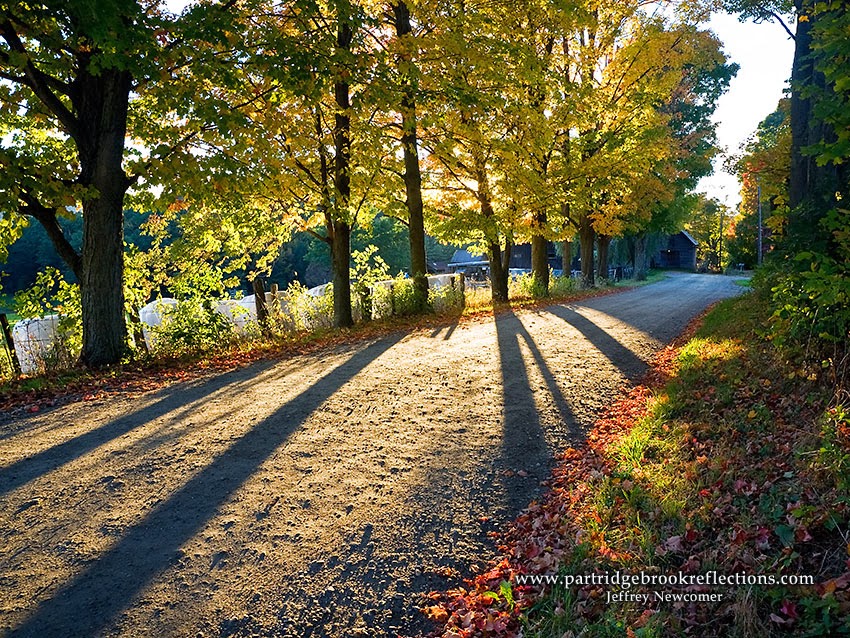 arrangements of the important elements within that rectangle, but the problem comes when the best composition doesn’t match the dimensions of the frame. Although precise sizes are quite variable, most digital sensors are about half again as wide as they are tall, that is, most hover around an aspect ratio of 3:2 or 4:3. Specific dimensions vary, but the standard full size digital sensor is 37x24 mm or at a ratio of 3:2 (1.5). Nikon’s APS-H sensor can be 28.7x19mm (1.5), Canon’sAPS-C sensor is 23.6 x 15.7 (~1.6), and the smaller Micro 4/3rds sensors are 17.3x13 (1.33). Tightly composing within my full frame camera works well if the final image is intended to conform to a 3x2 aspect ratio. It will fit perfectly in a 12 x 18" or 4" x 6" print, but an 8" x 10" print has a ratio of 1.25 meaning that at least 17% of the pixels will need to be cropped away from one or both of the sides of the image to fit a
arrangements of the important elements within that rectangle, but the problem comes when the best composition doesn’t match the dimensions of the frame. Although precise sizes are quite variable, most digital sensors are about half again as wide as they are tall, that is, most hover around an aspect ratio of 3:2 or 4:3. Specific dimensions vary, but the standard full size digital sensor is 37x24 mm or at a ratio of 3:2 (1.5). Nikon’s APS-H sensor can be 28.7x19mm (1.5), Canon’sAPS-C sensor is 23.6 x 15.7 (~1.6), and the smaller Micro 4/3rds sensors are 17.3x13 (1.33). Tightly composing within my full frame camera works well if the final image is intended to conform to a 3x2 aspect ratio. It will fit perfectly in a 12 x 18" or 4" x 6" print, but an 8" x 10" print has a ratio of 1.25 meaning that at least 17% of the pixels will need to be cropped away from one or both of the sides of the image to fit a 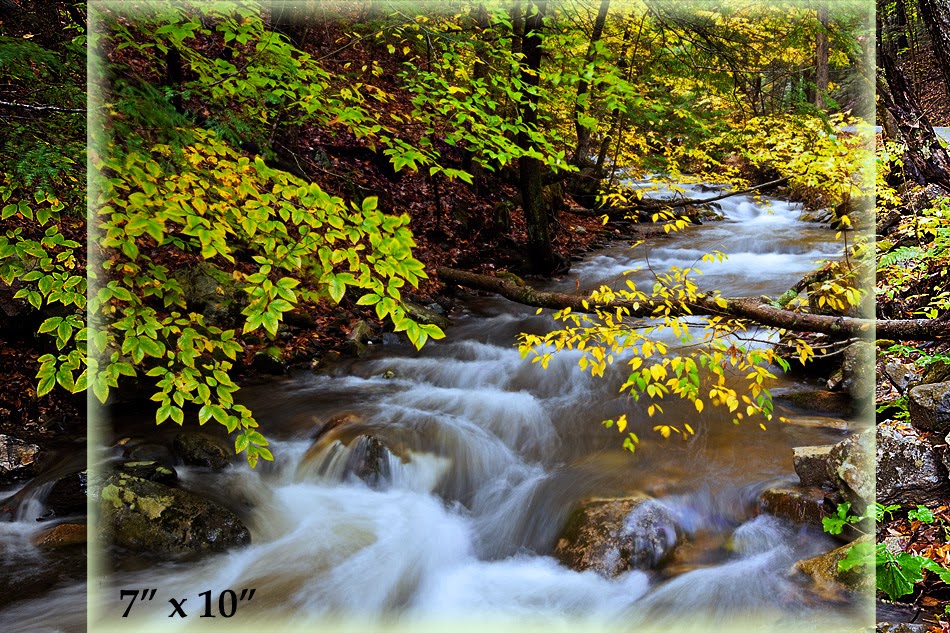 landscape oriented 8x10 print. Important parts of the image may be lost if the composition is too tightly framed in the camera. The point is that overly aggressive cropping in the camera can limit final composition options when the image is adjusted in post-processing to fit specific output dimensions.
landscape oriented 8x10 print. Important parts of the image may be lost if the composition is too tightly framed in the camera. The point is that overly aggressive cropping in the camera can limit final composition options when the image is adjusted in post-processing to fit specific output dimensions. It is great to move in to your subject to get the best use of your expensive pixels, but today's camera’s have resolution to spare and we can afford to allow a little buffer to assure that everything of importance will be preserved after the final crop. By all means, crop in the camera, but do it carefully and with an eye toward the options for the final composition.
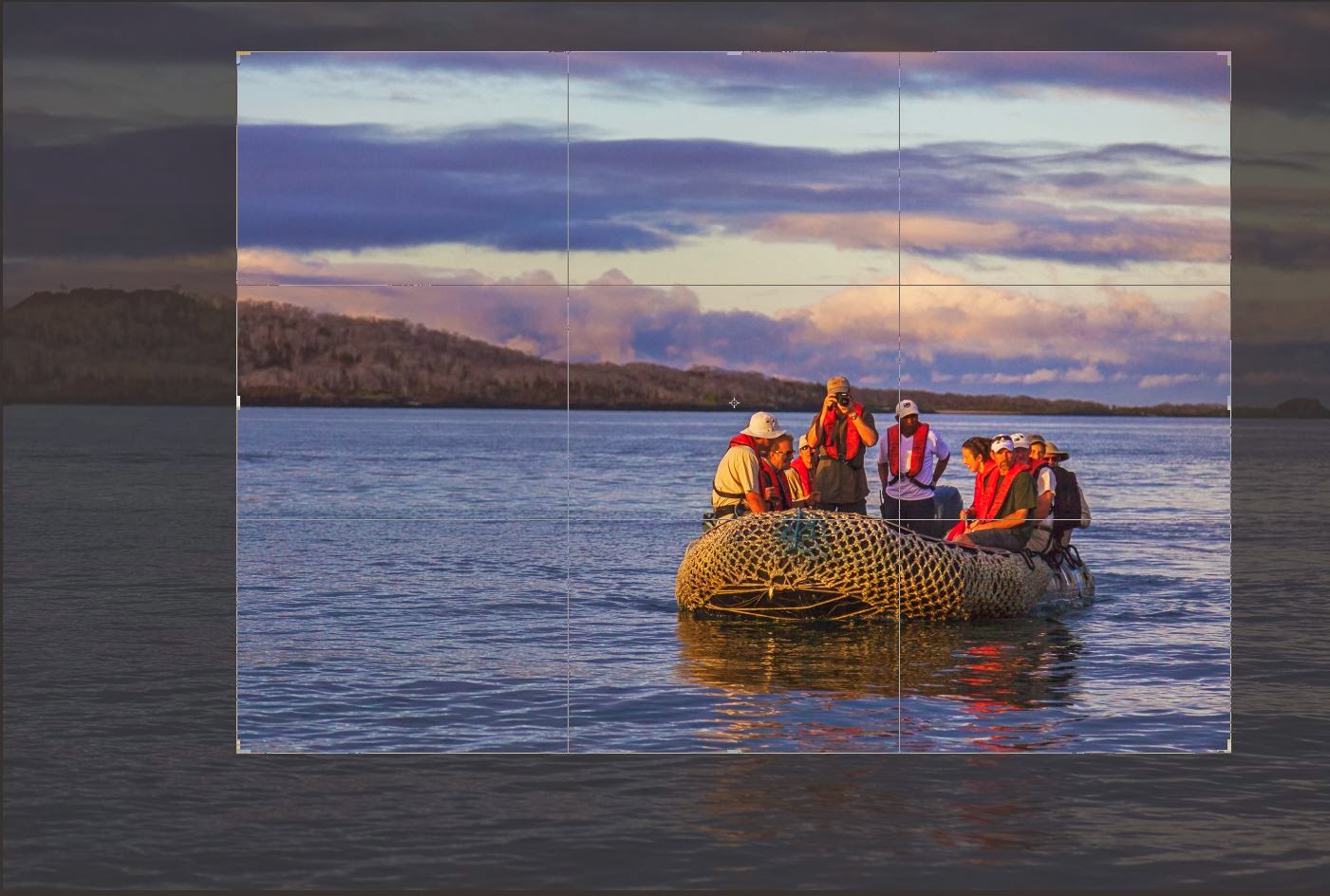 |
| Photoshop can add a Rule of Thirds grid while Cropping |
The capability to crop an image is basic in any photo editing software. As is true in the camera, post-processing cropping is done to fine tune the composition and to eliminate distracting elements along the borders. It is also used to resize the picture for particular output dimensions. It is unusual to find a raw image that can't be strengthened by careful cropping, but before discussing post-processing cropping, I must mention one important basic rule. Again it has to do with preserving your options.
 |
| Galapagos Islands, Ecuador |
Before All Else, Do No Harm
Before I start cutting and slashing, I always save a full size version
 |
| Rethinking the camera Crop |
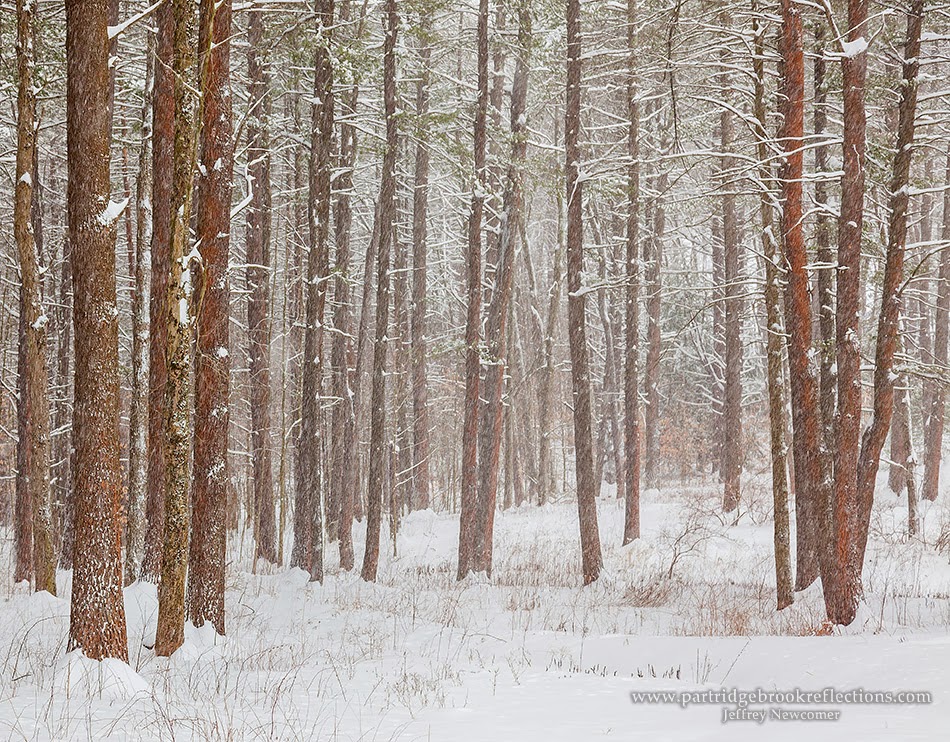
Cut and Slash, Why Do We Crop?
Stated most simply, cropping is the process of controlling what the viewer will see and just as importantly, what he won't see.
Improving Composition
 Probably the most important reason to crop an image is to arrange the elements within the frame to highlight and draw attention to the subject. This includes positioning the subject within the frame. Guides such as the Rule of Thirds can help, but often the best guide is your own eye. The use of diagonals and other leading lines can draw the eye to the subject and their strength can be enhance by how they relate to the frame. Cropping can adjust for proper headroom for the subject and move horizon lines away from dead center. At the same time elements which pull the eye away from the subject can be eliminated.
Probably the most important reason to crop an image is to arrange the elements within the frame to highlight and draw attention to the subject. This includes positioning the subject within the frame. Guides such as the Rule of Thirds can help, but often the best guide is your own eye. The use of diagonals and other leading lines can draw the eye to the subject and their strength can be enhance by how they relate to the frame. Cropping can adjust for proper headroom for the subject and move horizon lines away from dead center. At the same time elements which pull the eye away from the subject can be eliminated. Removing Edge Distractions
A basic step in editing an image is to scan the edges of the frame
 |
| Newfane Courthouse, Clonning Needed |
Sizing
Final cropping is usually designed to size the image for the
 |
| Not all leading lines are straight |
Cropping is perhaps the most basic tool for creating powerful compositions. It can be painful to cut away our precious pixels, but, in photography, it is important to understand that less is often very much more.











































